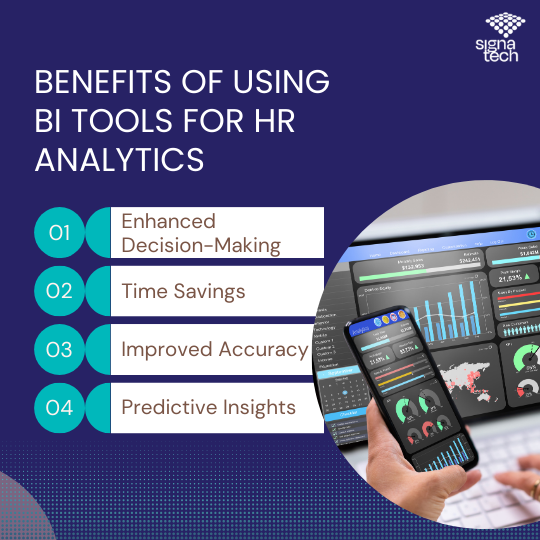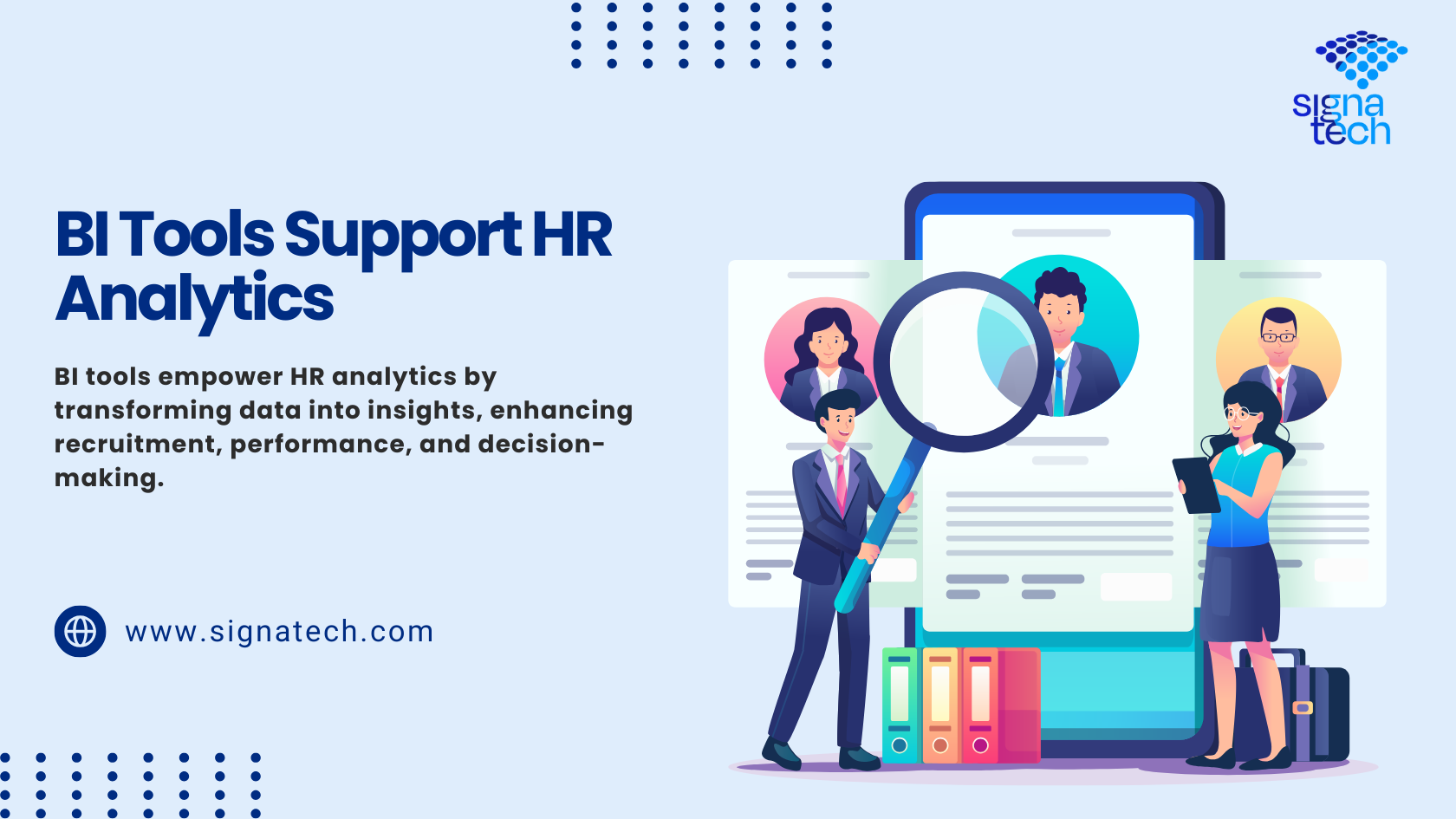People have a misconception that the work of HR in an organization is limited to recruitment and remuneration. Today, the HR departments use analytics to provide sound decisions concerning staffing, employee turnover, and performance. This is the area where BI tools come into play. These tools make the work of HR analytics incredibly powerful for strategic decision-making by presenting complex data in more digestible ways.
In this blog post, we will discuss how BI Tools for HR Analytics help in HR processes, its main use cases, and why every modern HR department needs it.
Understanding HR Analytics
HR analytics is the process of analyzing data to make sense of, assess, and optimize HR processes. This ranges from the selection process all through to employee involvement and productivity. With trends and patterns, HR teams do not guess but rather base their decisions on what they are seeing.
However, many organizations experience the problem of siloed data, which causes issues when trying to analyze it. BI Tools for HR Analytics fill this gap by combining data from various sources, allowing HR professionals to spend time on strategy rather than struggling with spreadsheets.
The Role of BI Tools in HR Analytics
BI tools are intended to gather, consolidate and present data in a format that would be easy to understand. For HR teams, this means transforming simple numbers into easily understandable information. From monitoring the rate of employee attrition to predicting future staffing requirements, BI tools form the underpinning for better choices.
For instance, a BI dashboard can show current performance indicators, and the manager can solve problems at an early stage. These tools also aid in the forecasting of trends such as staff turnover, or lack of skilled employees in certain areas of the business.
Key Applications of BI Tools in HR Analytics
1. Workforce Planning and Optimization
Some of the BI tools assist the HR teams to predict the number of employees required, based on trends such as the business cycle, or increase in business. This means that the right human resource is provided at the right time avoiding both overstaffing and understaffing scenarios.
2. Recruitment Analytics
Recruitment is an activity that involves the use of a large amount of data. BI Tools for HR Analytics can also determine the optimal sources for attracting candidates, the time taken to hire, and the quality of candidates hired. These insights help optimize the approaches to attract talent and concentrate on the channels that provide the best candidates.
3. Employee Performance Management
It becomes very easy to track individual and team performance with the help of BI tools. Through integration of the data from performance appraisals, project results, and productivity, the HR can be able to reward the best employees and also areas that require adjustments.
4. Employee Retention and Attrition Analysis
Employee turnover is costly. BI Tools for HR Analytics are used to identify trends with regard to attrition and support the HR department in identifying causes of resignations. This allows for pre-emptive action to be taken in order to increase retention, for example, addressing organizational climate or workload issues.
5. Diversity and Inclusion Metrics
Diversity and inclusion are also areas where tools help to monitor and manage effectively. That is why tracking gender distribution, wages, and promotion rates is crucial to understanding where and when inclusion needs reinforcement.
Benefits of Using BI Tools for HR Analytics

BI tools bring numerous advantages to HR teams, including:
- Enhanced Decision-Making: Real-time data means that HR leaders make decisions based on facts and not assumptions.
- Time Savings: Biweekly and monthly reports are also minimized since the majority of dashboards are automated.
- Improved Accuracy: Centralization of data reduces the number of mistakes that can occur due to disparate or archived data.
- Predictive Insights: BI tools enable one to expect issues like shortage of employees or high turnover rates in order for HR to intervene.
With these benefits, organizations gain a competitive edge by optimizing their most valuable resource: their people.
Examples of Successful BI Implementation in HR Analytics
Today it is difficult to name the number of organizations that have benefited from BI tools in improving their HR practices. For example, a multinational technology firm was able to cut down the employee turnover by 15 percent in one year with the help of BI. They found out the common complaints that employees have during their exit interviews and therefore came up with measures to address them including workload and shifts.
Another example is a retail giant that has decided to optimize the process of recruitment. Using the data from the job postings, they learned which jobs were taking the longest time to be filled, and they changed their approach and were able to cut down their time to hire by 30%
These success stories bring out the change that BI tools have brought into the HR analytics field.
Choosing the Right BI Tool for HR Analytics
The BI tool choice is crucial for success in HR analytics. Here are some factors to consider:
- Ease of Integration: Make sure that the tool will integrate well with your current human resource management software.
- Customization: Search for those tools that enable you to customize the appearance of dashboards and reports.
- Scalability: Select a solution that scales to your organization.
- User-Friendliness: HR tools should be as simple as to be used by those who are not into technology to ensure maximum usage by the entire HR department.
Another factor that should not be overlooked is training because your team should be able to utilize all functionalities of the selected BI Tools for HR Analytics to the fullest.
BI tools have also applied a new dimension to the use of analytics in the field of HR. Whether it is for workforce planning or tracking diversity, these tools assist HR teams to be more than just tactical and switch to becoming strategic.
For organizations that are interested in leveraging HR analytics, BI tools are not a luxury—they are a necessity. Looking to advance your human resource analytics? Call Signatech today and find out how our Business Intelligence Consulting Services can revolutionize your HR plan.
